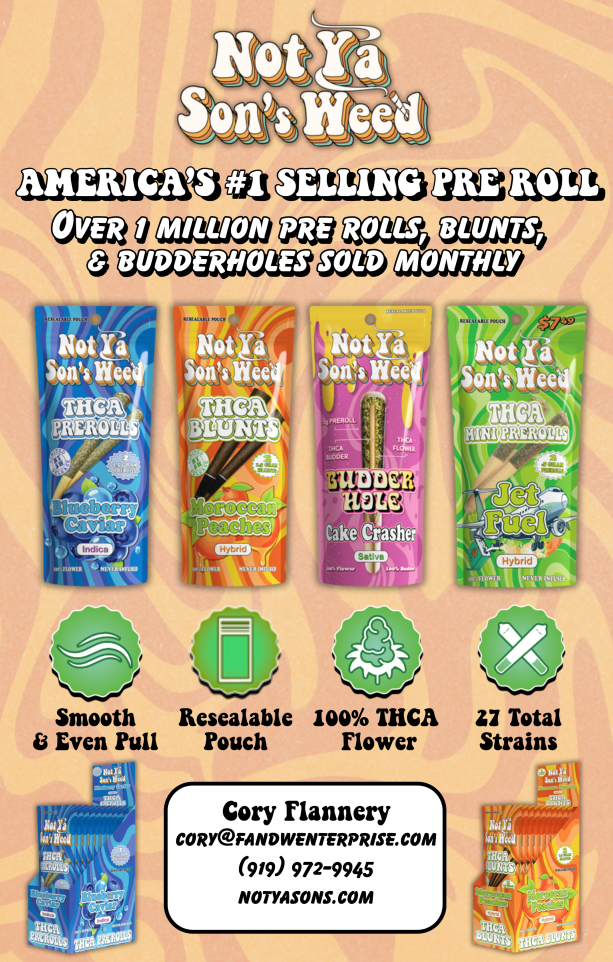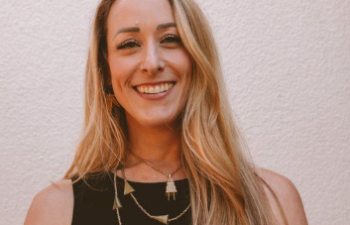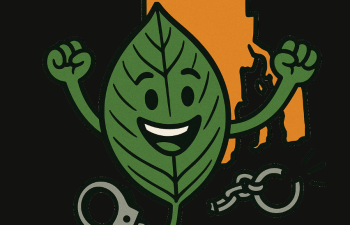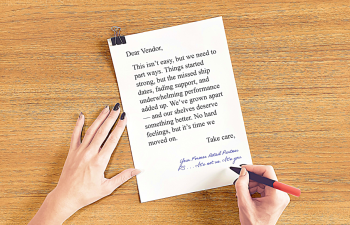
Stumbled into a boutique in Spokane, Washington and found this dope shirt (pictured) by local artist Reinaldo Gil Zambrano. He has a studio @rgzprints where he specializes in relief and intaglio printmaking where visual narratives are carved into woodblocks and printed by hand on paper, T-shirts and totes.
Point being — I could have shopped at Nordstom’s and bought the same shirt being worn by somebody on the other side of the country. But I’m an individual and I like to be different.
Your store is an individual too — or at least it should be. What good is it to have the exact same products as the shop in the next city or the next state? Sure some of the things you sell are staple items by national vendors, and that’s good business. But take a look at your local art scene and you’re likely to find some uniquely local items that would create (pardon the pun) a personal experience for your customers.
Here are three ways you can benefit from supporting local artisans and craftspeople:
1. It Represents Your Region: Many local artists seek inspiration from the people, land, and culture that surrounds them. Having their work for sale in your shop is not only attractive to locals and visitors, but truly ties your business into your area.
2. It Brings the Community Together: Art brings people together. No matter how personal values and opinions differ from one individual to the next, everyone can foster an appreciation for art by taking the time to experience the work of local artists.
3. It Fosters a Consumer-Artist Connection: With today’s mass production, there is rarely an interaction between the consumer of a product and those who have created it. When you bring locally made art into your shop however, you give your customers the opportunity to connect with the person who created the work. This is also advantageous to your business in a practical way — that artist has fans that may never otherwise have shopped at your business.




















